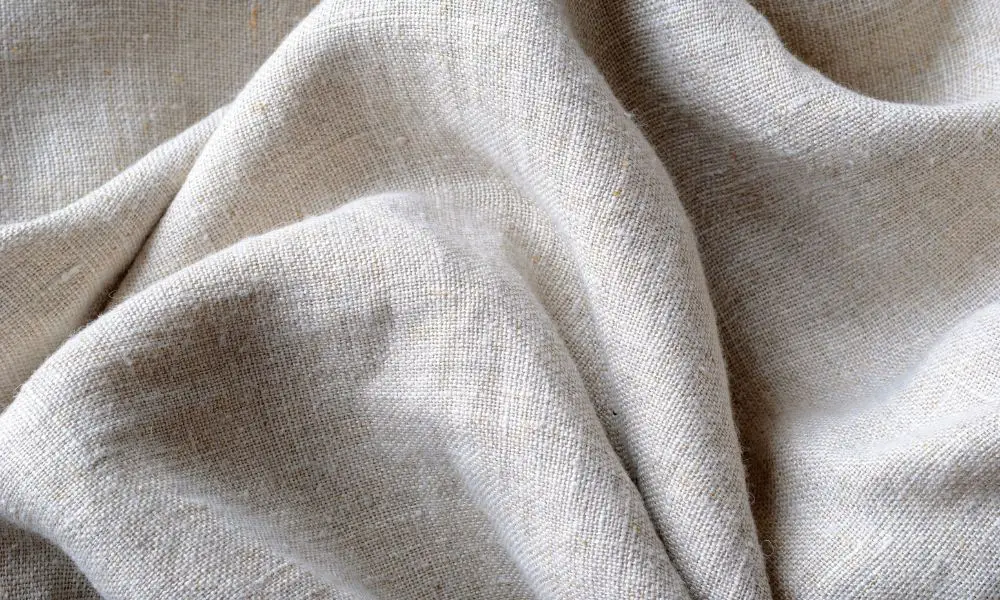

We’ve all heard of linen. This common textile is used for myriad household products, furniture, and clothes. But what is linen, exactly? Where does it come from? How long have humans used it? If you want to know the origin of this versatile, ever-trendy material, our brief history of linen will tell you what you need to know about this ancient textile.
Linen is a natural fiber derived from the flax plant and used to create yarn and cloth. To create linen, you harvest bast fibers from the inner bark of the flax plant, soak (ret) them, dry them, process them, and finally, spin them into cloth.
Linen is durable, absorbent, and quick to dry, which makes it an ideal material for clothes and other heavy-use items.
Linen is one of the world’s oldest textiles; there’s evidence of our ancestors using it as far as 30,000 years back!
In ancient Egypt, people used linen to create daily wear; they preferred white linen because it kept the wearer cool. It was also used for housewares and mummification. In Mesopotamia, the wealthy wore linen as a sign of status.
In the medieval era, Germany and Ireland were major producers of this textile. Their linen was sold all over Europe. Members of all classes made their undergarments, sleepwear, bed sheets, napkins, towels, and tablecloths from linen. The early American colonists used it as well, in similar ways to their European neighbors.
After the Industrial era, the cost of linen rose, and it became a luxury fabric for wedding dresses and other costly goods. Only recently has the cost of linen fallen to an affordable level.
To end this brief dive into the history of linen, we’ll look at how we produce and utilize linen today.
Today, linen is easier to produce, more readily available, and more affordable than in the past. We use linen similarly to how our ancestors did: to create comfortable summer clothes and soft, low-maintenance home goods. We also use linen and linen-like fabric for upholstering chairs, sofas, and other furniture. This multifunctional textile has innumerable uses in and out of the home, which is why its popularity has never waned.
Linen’s history is long and eventful, and it isn’t about to end anytime soon! Even today, linen is a beloved textile around the world.
Craft a nurturing nursery with DIY projects and clever storage tips while preparing your heart…
Discover how paid surveys work, if they're legitimate, tips for success, and realistic earnings expectations.…
Making your business ADA-compliant is much simpler than you realize and it’s also nonnegotiable, including…
Maintain your diesel turbocharger with our expert tips to ensure durability, efficiency, and peak performance…
If you’re a dedicated foodie, these fun facts you never knew about onions will definitely…
Are you tired of letting your receipts pile up without any benefit? What if those…